VHO - Reality shows that not all heritages are effectively preserved, not all localities exploit and promote heritage values in a harmonious and sustainable way. There are places where tourism development is "hot" leading to overload, eroding the original value of heritage. There are also places where people living among heritages have not really been listened to, participated in, or benefited fairly...
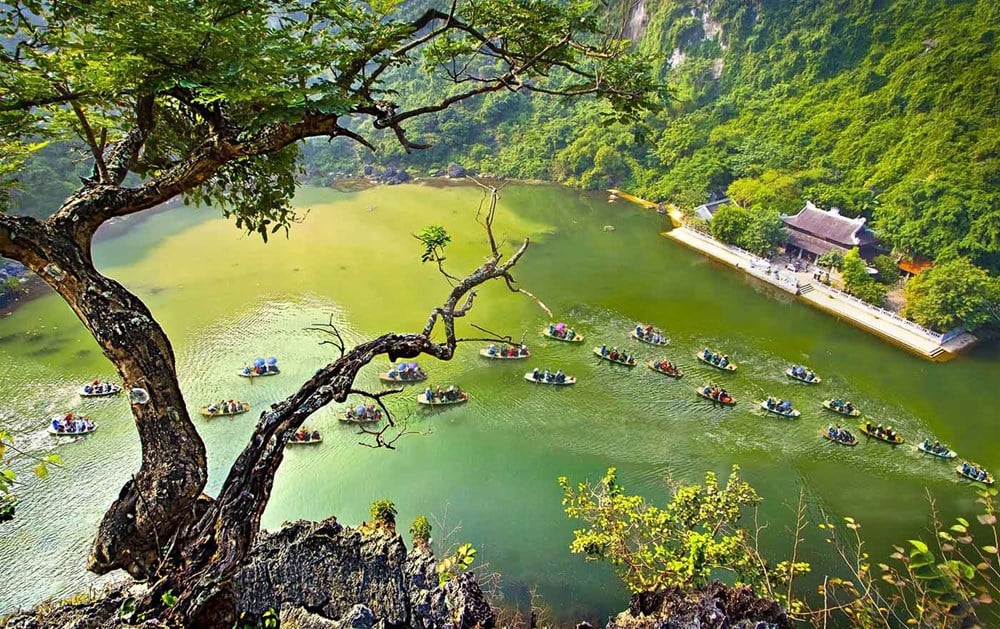
That was the note raised by Deputy Minister of Culture, Sports and Tourism Hoang Dao Cuong, Vice Chairman of the Vietnam National Commission for UNESCO at the International Scientific Conference “Protecting and promoting the values of World Heritage: Community-based approach for sustainable development”, which recently took place in Hanoi. The conference was organized by the Ministry of Foreign Affairs (Vietnam National Commission for UNESCO) in coordination with the UNESCO Office in Vietnam, the Ministry of Culture, Sports and Tourism and the Hanoi People's Committee.
Community: A core principle in heritage conservation
More than ever, the role of the community is emphasized in protecting and promoting the value of heritage, especially world heritage. Many domestic and international experts have affirmed the particularly important role of the community, the subjects living among the heritage, in being consulted, empowered and participating in a substantial way to protect and promote the value of World Heritage.
Deputy Minister Hoang Dao Cuong, Vice Chairman of the Vietnam National Commission for UNESCO, affirmed that the workshop not only has profound theoretical and practical significance, but also sends a strong message from Vietnam about its responsibility to preserve precious values of humanity.
“Heritage values, including culture and nature, are facing many risks: climate change, uncontrolled urbanization, the negative side of globalization, pressure from mass tourism, and in many cases, indifference from people themselves. In that context, protecting and promoting heritage values becomes more urgent than ever, not only to preserve the values of the past, but also to build a sustainable foundation for the future,” Deputy Minister Hoang Dao Cuong emphasized.
According to the leader of the Ministry of Culture, Sports and Tourism, Vietnam has 8 world heritages recognized by UNESCO, which are strategic assets. If preserved and managed effectively, they will contribute to promoting green growth, creating sustainable jobs, preserving the ecological environment and nurturing cultural identity, essential elements for sustainable development.
But reality shows that not all heritages are effectively preserved, not all localities exploit and promote heritage values in a harmonious and sustainable way. There have been places where "hot" tourism development has led to overload, pollution, and erosion of the original value of heritage.
There are also places where local people, who live among the heritage, have not really been listened to, participated in, or benefited fairly from conservation and development policies.
In the 1972 Convention, UNESCO emphasized the 5 “Cs” in the global strategy, in which “Community” is considered a key pillar. “Community” is not simply a concept, but a philosophy, a core principle in heritage conservation.
It is the community that holds, preserves and passes on heritage through generations. They possess valuable knowledge and experience and understand best the historical stories and spiritual values contained in each heritage.
“Community-centered conservation is not just about consulting local people, but also about proactive empowerment. That is, allowing local people to participate in decision-making, organize cultural activities and benefit economically and socially from heritage-related initiatives,” said Jonathan Baker, head of the UNESCO Hanoi Office.
Empowering the community
Affirming the central role of communities in preserving world heritage, Director of the World Heritage Centre Lazare Eloundou Assomo emphasized: “Communities are the bearers of knowledge, keepers of traditions, hold power and play a key role in conservation. In the current context, when world heritage is facing climate change, urbanization and economic and social inequality, we must strengthen the community-centered approach…”.
Many experts and managers share the same view on the central role of the community in managing and preserving heritage, not only as beneficiaries but also as creative subjects.
Mr. Pham Phu Ngoc, Director of Hoi An Cultural Heritage Management and Conservation Center, said: The unique feature of Hoi An Ancient Town compared to other cultural heritages in Vietnam and the world is the contemporary life of the people in the heart of the Ancient Town, the heritage is considered a "living museum".
The real owners are the local communities. The local communities here not only hold the relics but also practice and preserve the traditional cultural heritage values, bringing the heritage values to domestic and international friends.
According to statistics, in region I there are a total of 1,130 architectural and artistic relics; privately owned relics are 930 relics, accounting for 82.3%; community-owned relics are 13 relics, accounting for 1.2%; state-owned relics are 187 relics, accounting for 16.5%.
In the protected area II (including IIA and IIB), almost all the constructions are privately and communally owned. In addition, historical and cultural relics outside the suburbs are mostly owned by these two types of ownership, including many types of relics: houses, clan churches, pagodas, communal houses, shrines, mausoleums, tombs, etc.
Very early, Hoi An had a draft of the Regulations for the protection of the Old Quarter (1985), and in 1987, the Regulations for the protection and use of the relics of the Hoi An Old Quarter were officially issued by the People's Committee of Quang Nam - Da Nang province. Since the Old Quarter was recognized as a World Cultural Heritage (1999), Hoi An has issued many regulations to comprehensively manage activities in the Old Quarter...
“The requirement is that in addition to the responsibility to preserve the values of tangible and intangible heritage, that heritage must create guaranteed resources for the community to reinvest in the heritage; at the same time, in conservation activities, it is necessary to harmoniously resolve the relationship between strict conservation principles but meeting people's needs in the context of contemporary life. When the interests are in harmony, the community is ready to accept and accompany all conservation policies proposed by the manager. These are two opposing sides that need to find perfect unity,” said Mr. Ngoc.
Considered a model of the PPP model, Trang An scenic complex (Ninh Binh) shows a good combination that brings strong resources to invest in conservation and infrastructure development, flexible management mechanism and people clearly benefit from the heritage.
Mr. Bui Viet Thang, Director of Trang An Scenic Landscape Complex Management Board, said that the number of visitors to Trang An increased from 2.2 million (2014) to more than 5.6 million (2023); in the first 4 months of 2025 alone, it reached 3.9 million visitors. Tourism revenue reached more than 6,500 billion VND/year in 2024. Contributing to the economic restructuring of Ninh Binh province from agriculture to services (service proportion reached 47.1%), with more than 10,000 direct workers and 20,000 indirect workers having stable jobs. People's income increased compared to the period before tourism. The community shifted from "farming" to "tourism", connecting more closely with heritage.
In order for people to benefit from the heritage, Trang An effectively implements the PPP cooperation model with the participation of parties, in which the state plays the role of management, planning, inspection and development orientation; Enterprises invest in infrastructure, exploit services (cruises, tour guides, ticket sales, event organization...); the community participates in operating services (rowing boats, homestay, cuisine, souvenirs...), protecting the environment and cultural traditions; scientists: Consulting on conservation, tourism management, heritage interpretation.
“This combination is based on the principles: Respecting the original value and integrity of heritage; harmonizing interests between parties; financial transparency and community supervision; and responsible tourism development,” said Mr. Thang.
To promote the role of the community, Director of the World Heritage Center Lazare Eloundou Assomo said that localities need to ensure the welfare and sustainable livelihoods of local communities and indigenous people living in and around world heritage sites; empower through capacity building and sharing conservation knowledge; and promote the resilience of heritage to climate change based on indigenous knowledge; promote digitalization and the application of AI technology to serve heritage conservation. "UNESCO is ready to support member states in promoting this common vision, where culture is the foundation for sustainable development," Mr. Lazare Eloundou Assomo affirmed.
Source: https://baovanhoa.vn/van-hoa/da-den-luc-cong-dong-phai-duoc-coi-la-mot-tru-cot-then-chot-136230.html


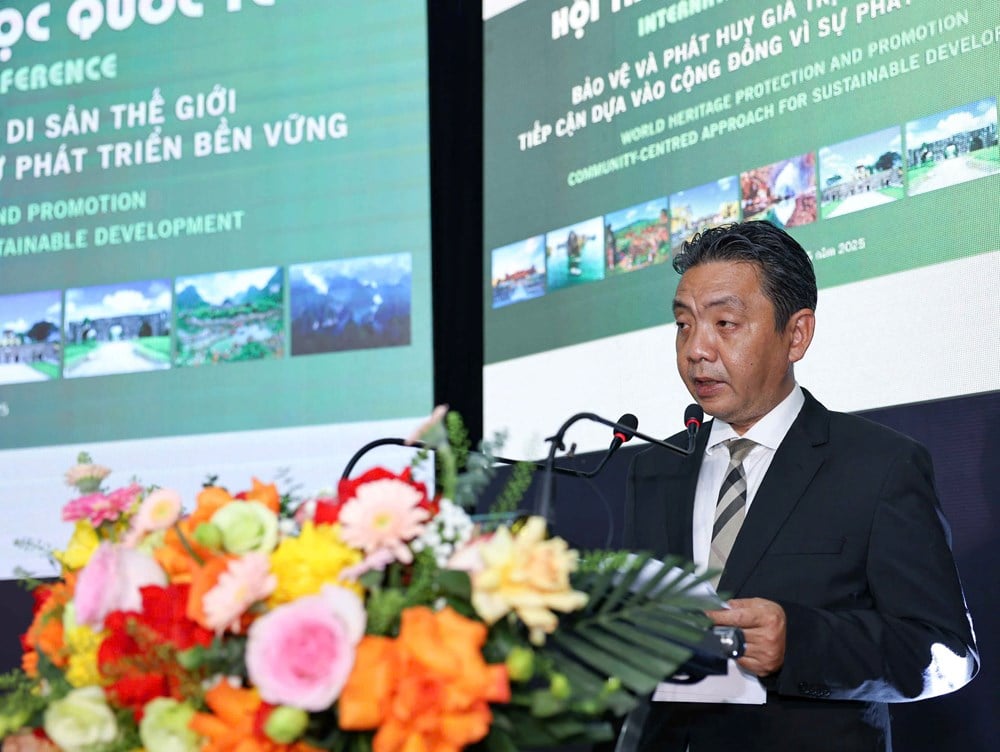
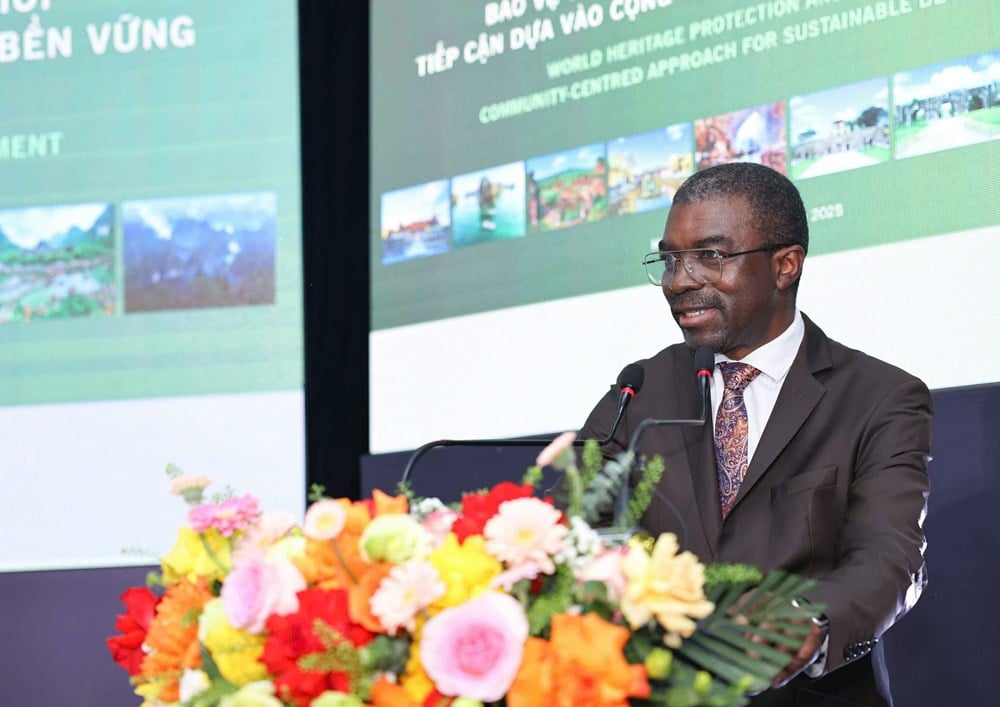



![[Photo] Cat Ba - Green island paradise](/_next/image?url=https%3A%2F%2Fvphoto.vietnam.vn%2Fthumb%2F1200x675%2Fvietnam%2Fresource%2FIMAGE%2F2025%2F12%2F04%2F1764821844074_ndo_br_1-dcbthienduongxanh638-jpg.webp&w=3840&q=75)



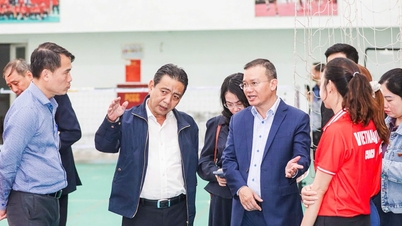



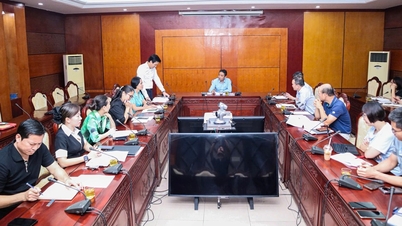
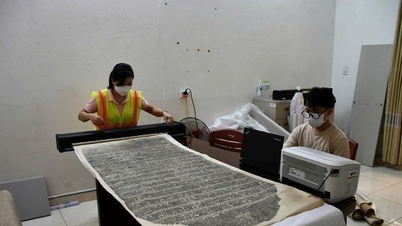



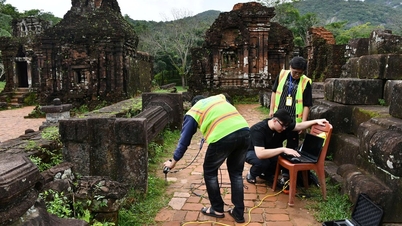
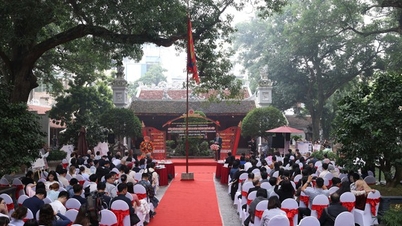








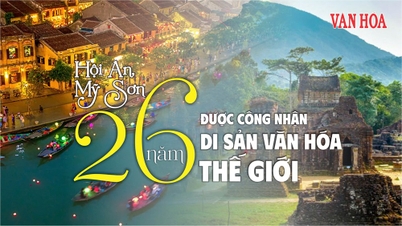
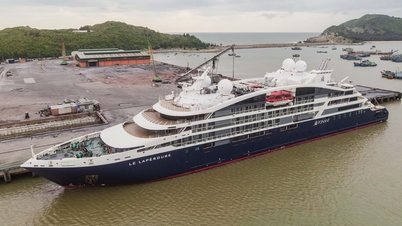


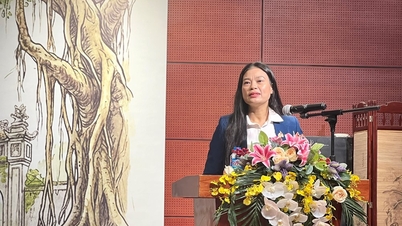
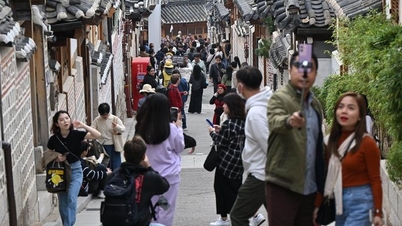

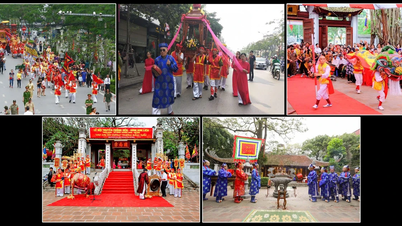

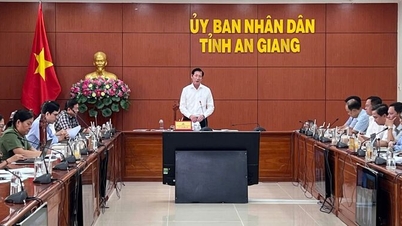

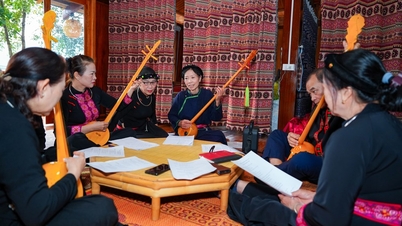




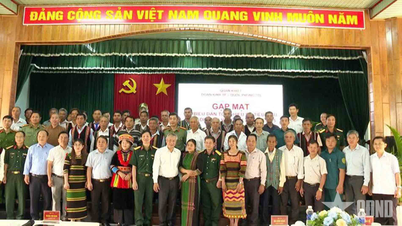

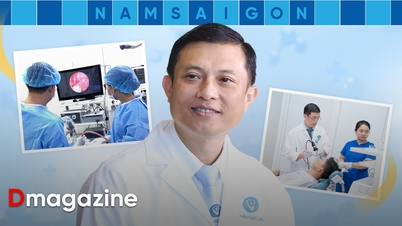

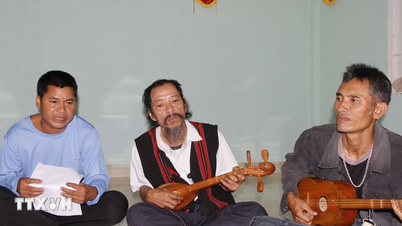
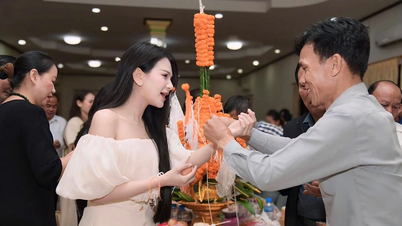



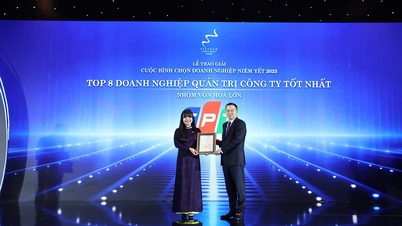



![[VIMC 40 days of lightning speed] Da Nang Port: Unity - Lightning speed - Breakthrough to the finish line](https://vphoto.vietnam.vn/thumb/402x226/vietnam/resource/IMAGE/2025/12/04/1764833540882_cdn_4-12-25.jpeg)
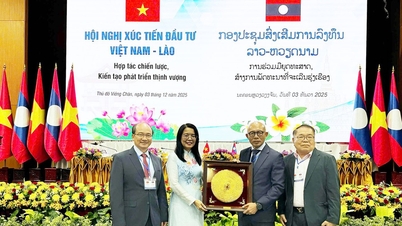

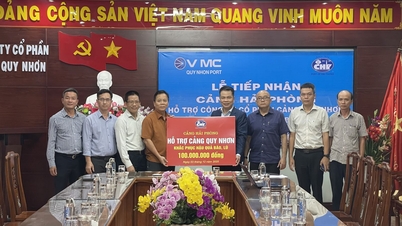







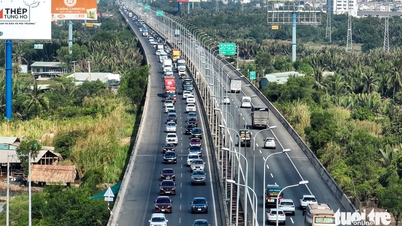





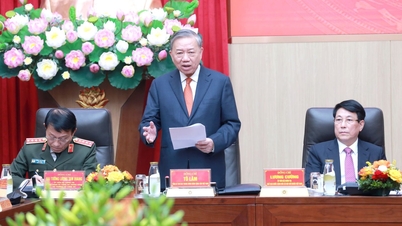

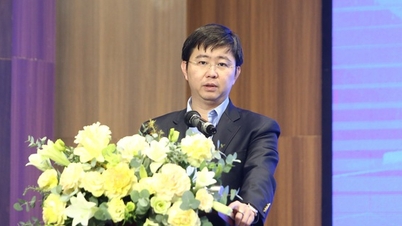

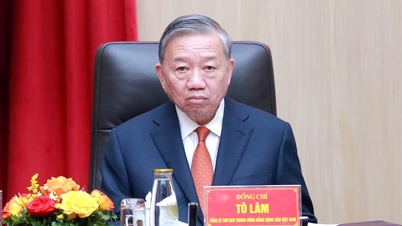




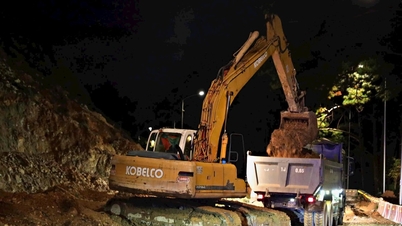

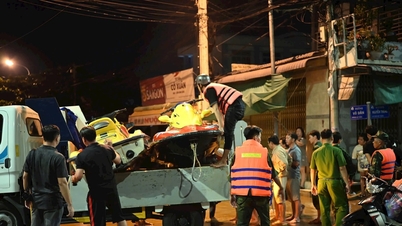



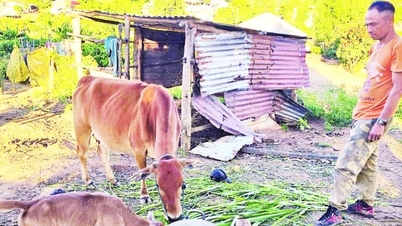










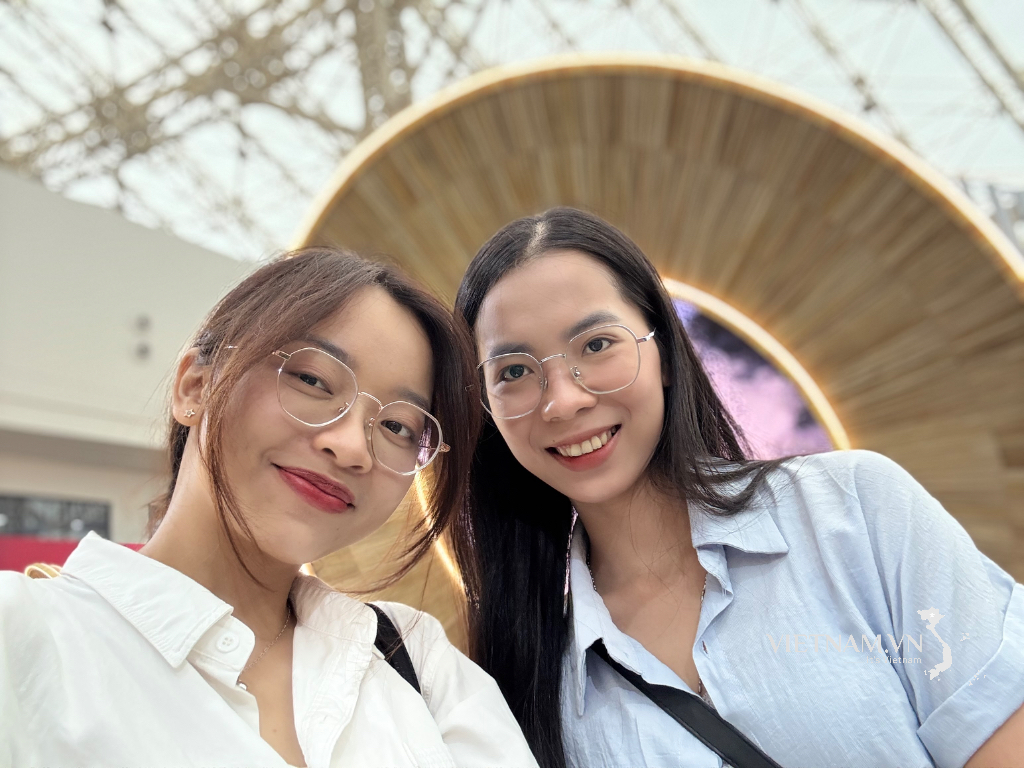



Comment (0)